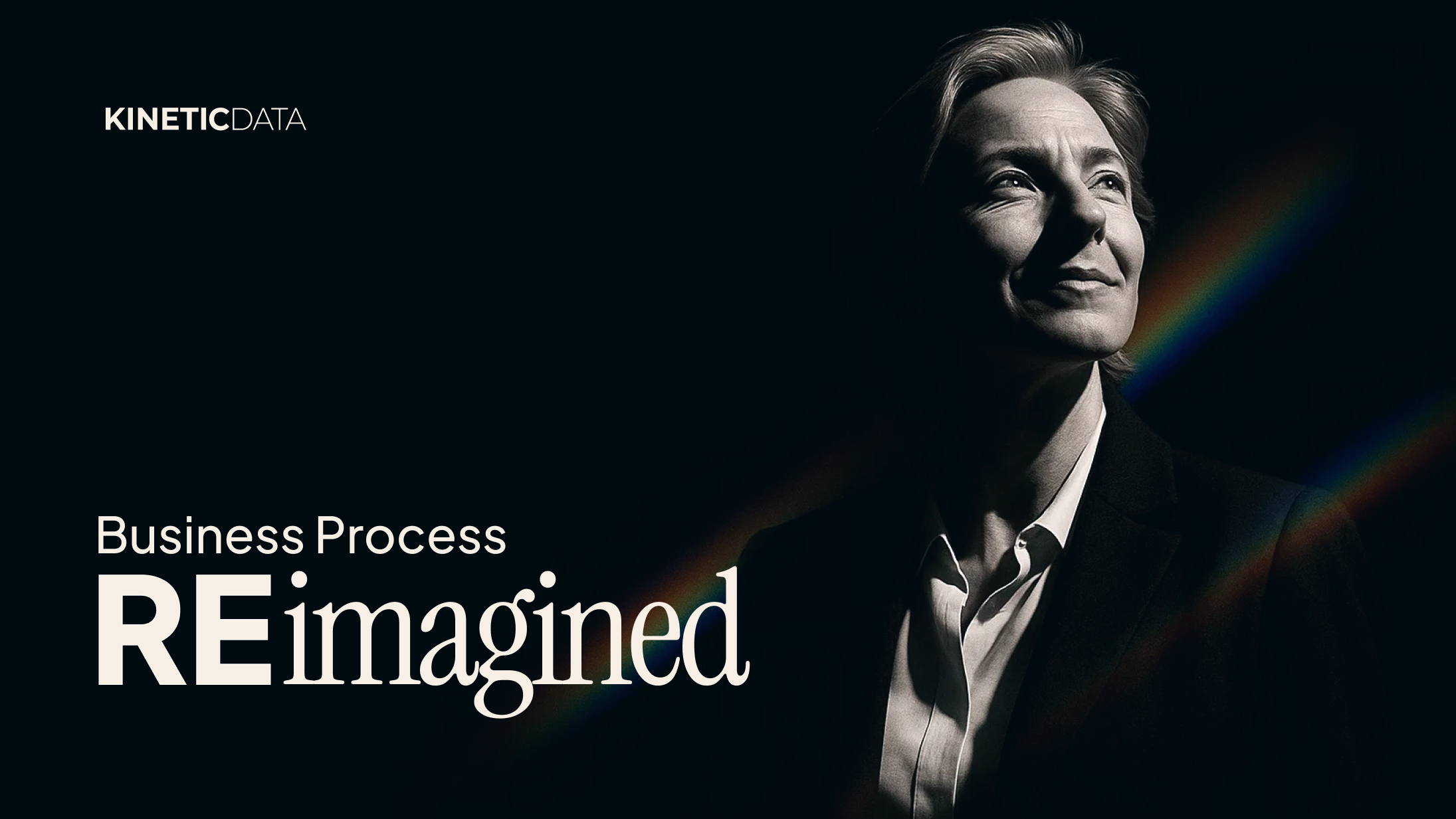What’s New at Kinetic: Building Smart in 2026
At Kinetic, we believe the future of Business Process Management isn’t bigger—it’s smarter.
Credit unions are facing a pivotal moment in their digital evolution. While 96% expect growth in the next 12 months, many are discovering that their internal operations aren't ready to scale. The...

Credit unions are facing a pivotal moment in their digital evolution. While 96% expect growth in the next 12 months, many are discovering that their internal operations aren't ready to scale. The challenge isn't just about member-facing technology – it's about transforming how credit unions operate behind the scenes.
Just ask GreenState Credit Union. When they started exploring ways to modernize their IT service portal, they discovered something surprising: the biggest opportunity wasn't in the front-end experience, but in completely reimagining how their internal systems worked together.
"When we first started looking at Kinetic, we were searching for a front-end solution for our IT self-service portal... but as we learned more, we realized it could be so much more—it wasn't just about IT requests; it could become the backbone of how we automate and manage employee services across the entire organization," explains Chris Troyer, IT Business Partner at GreenState Credit Union.
This revelation points to a larger trend in the industry: forward-thinking credit unions are discovering that decoupled architecture – separating the experience layer from core systems – isn't just about improving member services. It's about transforming how credit unions operate internally, enabling them to scale efficiently while reducing costs and complexity.
On the surface, credit union technology stacks look impressive. Multiple specialized systems handle everything from core banking to HR, each chosen for their specific strengths. But this apparent strength often masks a significant operational burden.
Consider the data from recent industry research: only half of credit unions have reached digital maturity in customer experience and engagement, despite it being a top strategic priority. The reason? Their internal systems aren't keeping pace with their ambitions.
This disconnect becomes particularly apparent during periods of rapid growth. When GreenState Credit Union expanded from 200 to nearly 900 employees while growing to $12 billion in assets, they discovered that their traditional approach to system integration was creating more problems than it solved.
The real costs manifest in three key areas:
Each connection between systems requires maintenance, updates, and monitoring. As your credit union grows, the complexity doesn't just add up – it multiplies. IT teams spend more time managing integrations than innovating, while employees waste hours switching between systems and re-entering data.
When systems are tightly coupled, a change in one can create vulnerabilities in another. According to recent studies, 76% of credit unions identified unauthorized access to their networks or data in the past year. The more interconnected your systems, the more entry points exist for potential security breaches.
Perhaps the most significant hidden cost is the inability to evolve. When systems are tightly intertwined, making changes becomes increasingly risky and expensive. This technical debt accumulates over time, making it harder to adopt new technologies or respond to changing member needs.
For credit unions planning significant growth, these challenges can become critical bottlenecks. As one GreenState team member noted before their transformation: "Checklists and email approvals lacked standardization, increasing the risk of missed steps." This manual approach simply couldn't scale with their growth ambitions.
Credit unions have traditionally approached system integration in one of two ways: point-to-point connections or middleware solutions. While these approaches worked in simpler times, they're struggling to keep up with today's demands.
The challenge isn't just technical – it's financial. According to recent industry data, credit union top performers invest 5.6% of their assets in technology and innovation. But with traditional architecture, a significant portion of that investment goes toward maintaining existing integrations rather than driving innovation.
"Before we had Kinetic, we used Remedy as our ITSM and HR was able to submit tickets in there, but with very little detail or notes," explains Sheila Cronbaugh, IT Service Excellence Coordinator at GreenState Credit Union. "There was no way to verify if their information was correct."
This is where decoupled architecture makes a fundamental difference. By separating the experience layer from core systems, credit unions can create a more flexible and maintainable technology ecosystem. This approach consists of three key layers:
 Experience Layer
Experience LayerGreenState's implementation of this approach led to an 85% reduction in manual intervention for employee transitions, while enabling new employees to access all required systems on day one.
For credit unions considering this approach, the path forward doesn't have to be daunting. Here are key steps to get started:
As credit unions continue to grow and evolve, the ability to efficiently manage internal operations becomes increasingly critical to success. Decoupling your technology isn't just about technology – it's about creating a foundation that enables credit unions to scale efficiently while maintaining the personal touch their members expect.
Ready to learn more? Discover how GreenState Credit Union transformed their operations through decoupled architecture in our detailed case study , or contact us to discuss how this approach could benefit your credit union.

At Kinetic, we believe the future of Business Process Management isn’t bigger—it’s smarter.

IT support automation uses software workflows, rule engines, AI/ML, and integrations to automate...

Business process reimagined is the strategic renewal of how work gets done by combining modern digital...